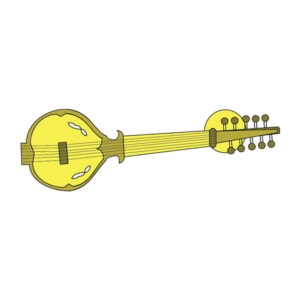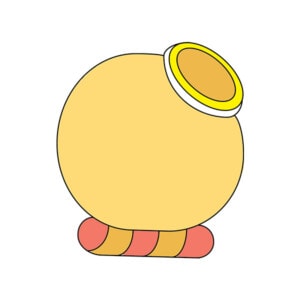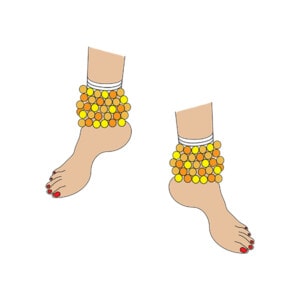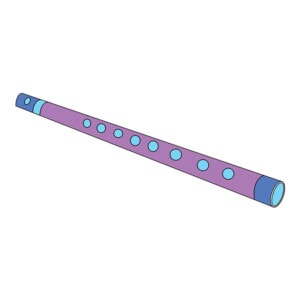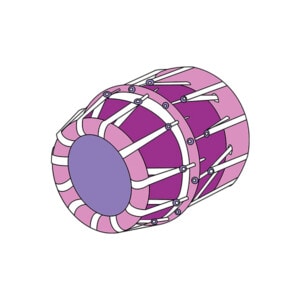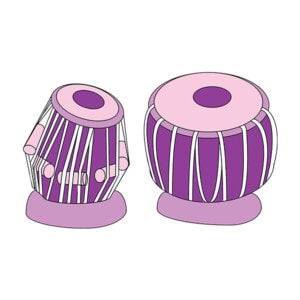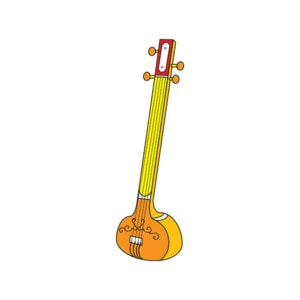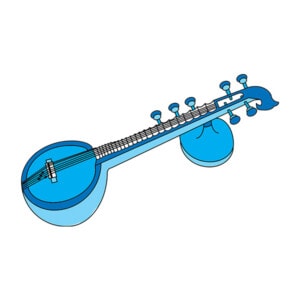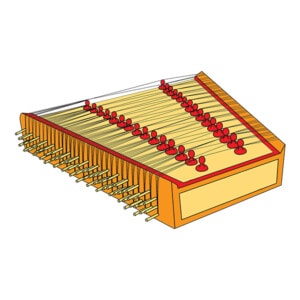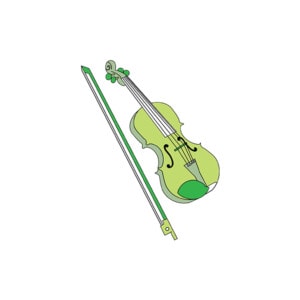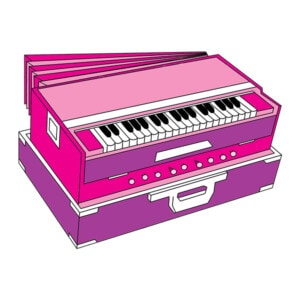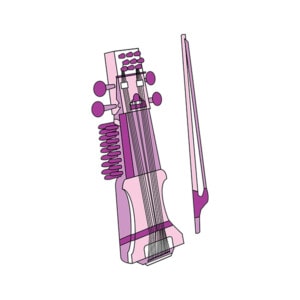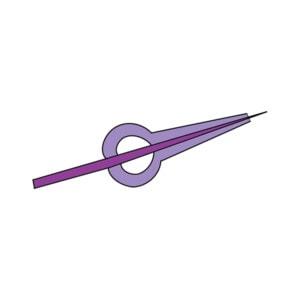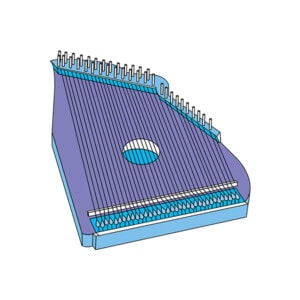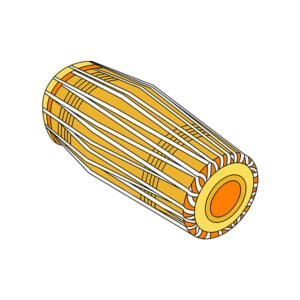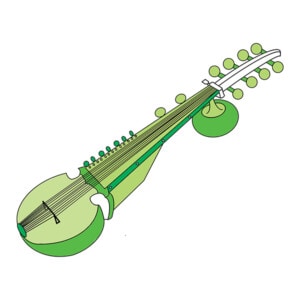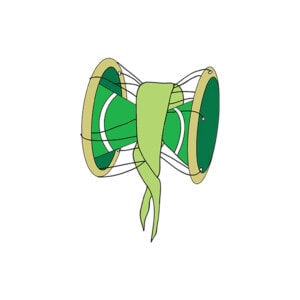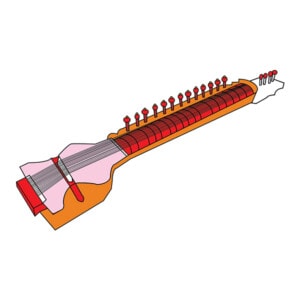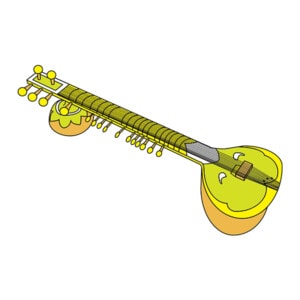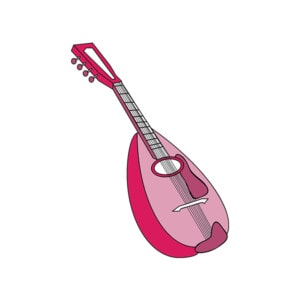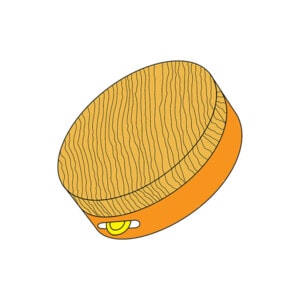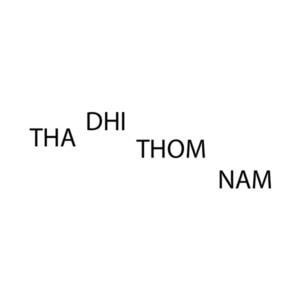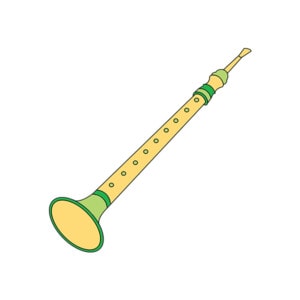What is the Sitar?
The sitar, a stringed instrument played by plucking, is one of the most well known Indian musical instruments. It has gained popularity both in India and the west over the past few decades.
The origin of the sitar is however relatively unknown. It is regarded as an instrument that came in from Central Asia. It may also have descended from the 10th century long lute of the temple sculptures.
The 16th century Sufi mystic Amir Khusrow has also had a major role in the development of the instrument.
The sitar consists of a hemispherical base made out of a dried and hollowed gourd (tumba), a long half-round frame of wood (dandi), a second resonator, and wooden pegs that run through the length of the sitar. The number of frets on the dandi range from 16 to 24.
The tuning of the sitar has evolved into two very distict schools- the Pt. Ravi Shankar (instrumental style) and the Ustad Vilayat Khan (gayaki style) schools.
Did You Know
The sitar has been extensively used by musicians all around the world, including by the Beatles, Led Zeppelin and The Doors.
Where it’s from

Listen to the Sitar
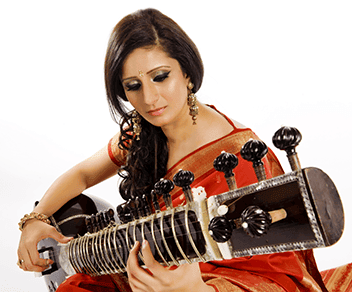
Performer Name: Roopa Panesar
Musical Tradition: North, Hindustani
Website: www.roopapanesar.com

